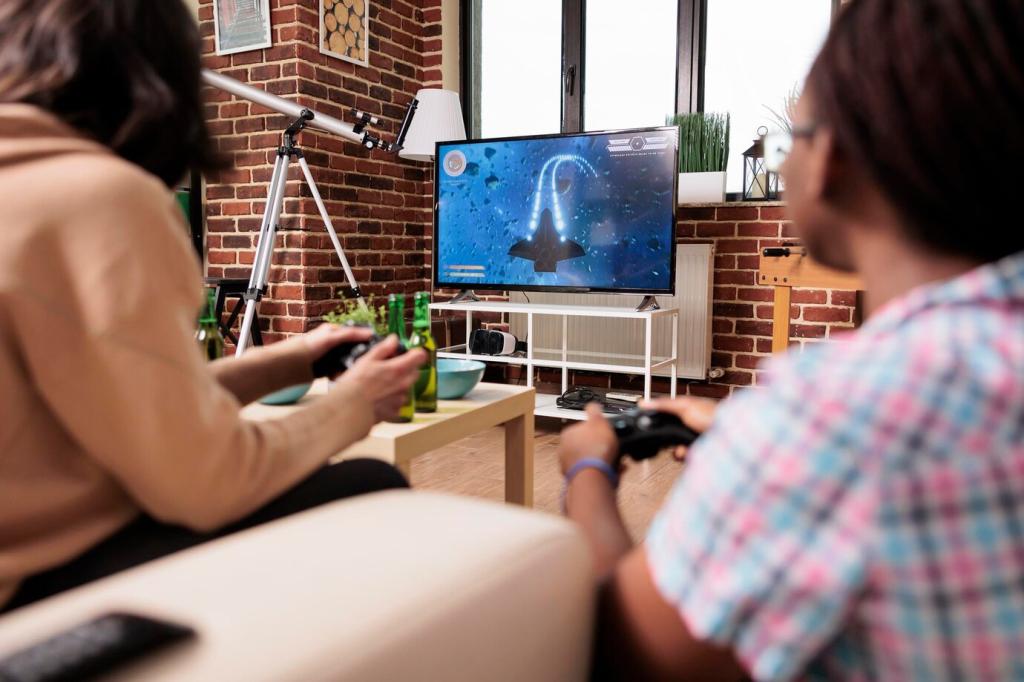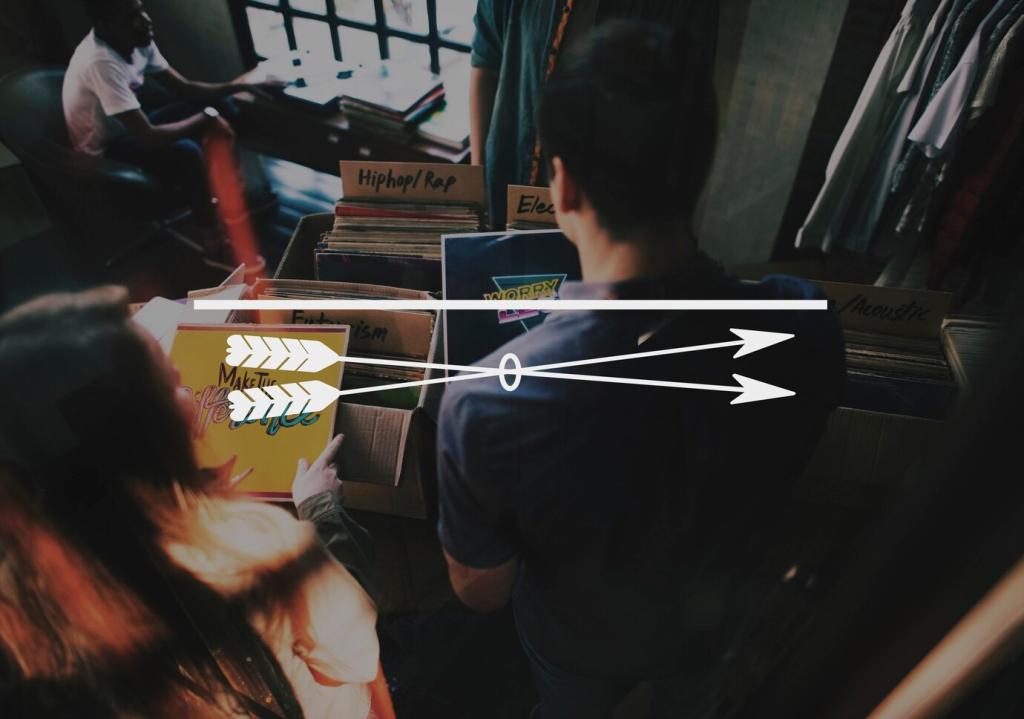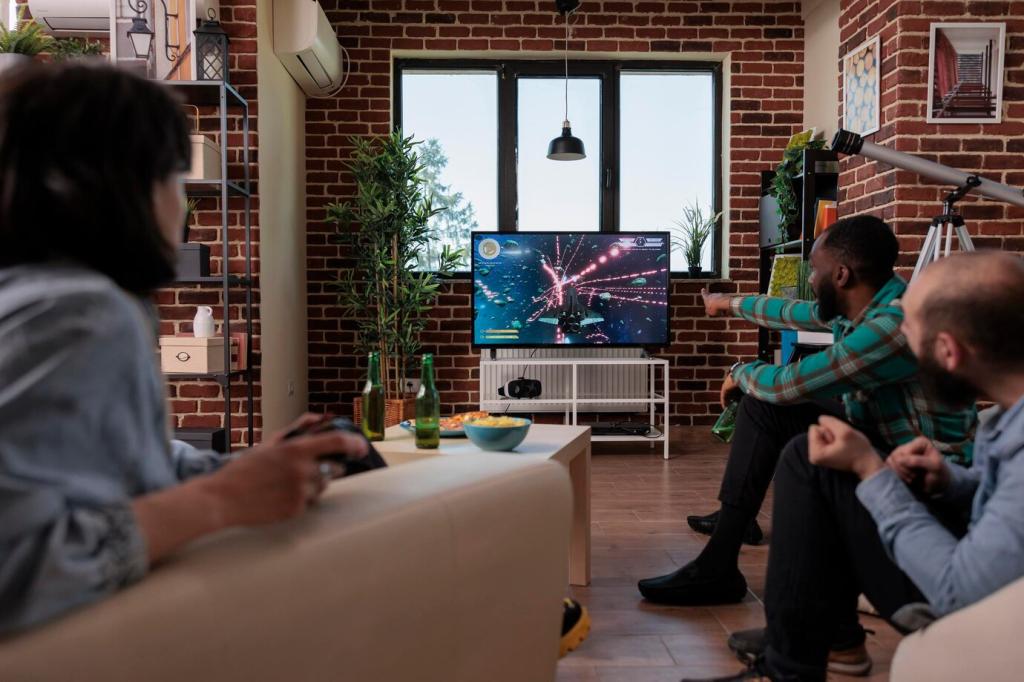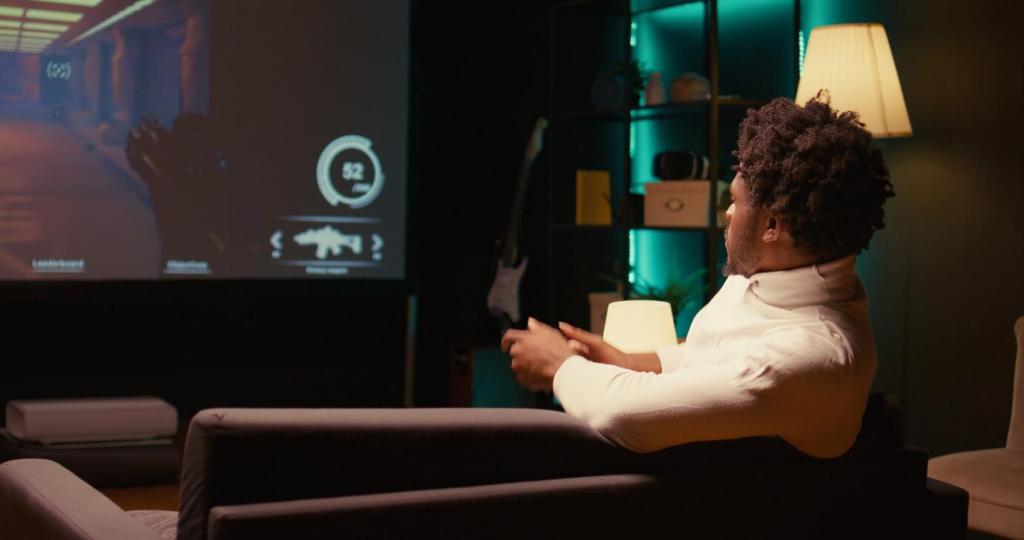Production Playbook for VR Live
360 and 180 cameras, depth sensors, and volumetric rigs translate real spaces into navigable scenes. Directors choreograph performers within capture volumes, preserving intimacy while ensuring viewers can explore without missing the emotional core.
Production Playbook for VR Live
Ambisonic microphones map the room’s soul, while object-based mixing places whispers behind your shoulder and applause above your head. Good spatial audio anchors your body, reducing fatigue and guiding attention with invisible precision.









